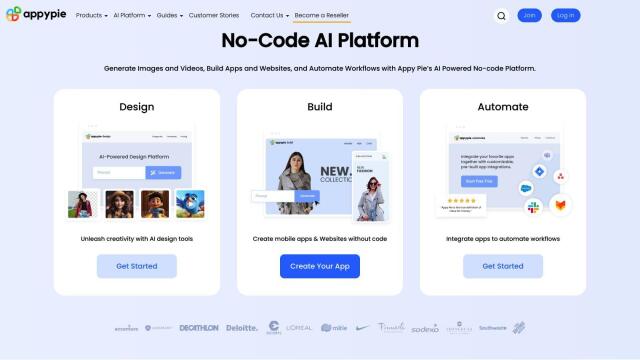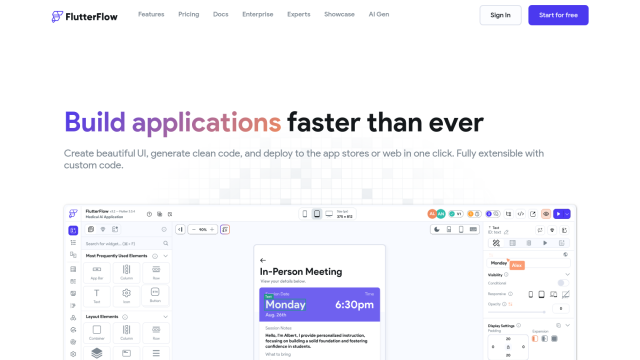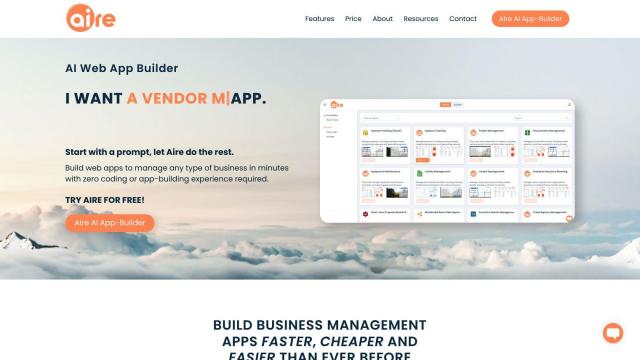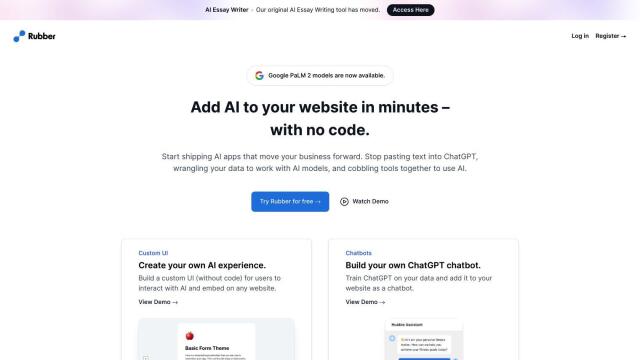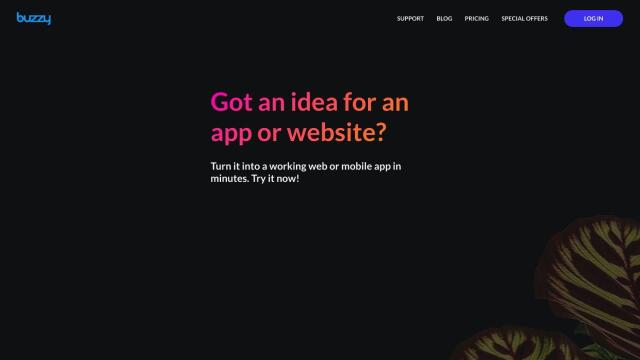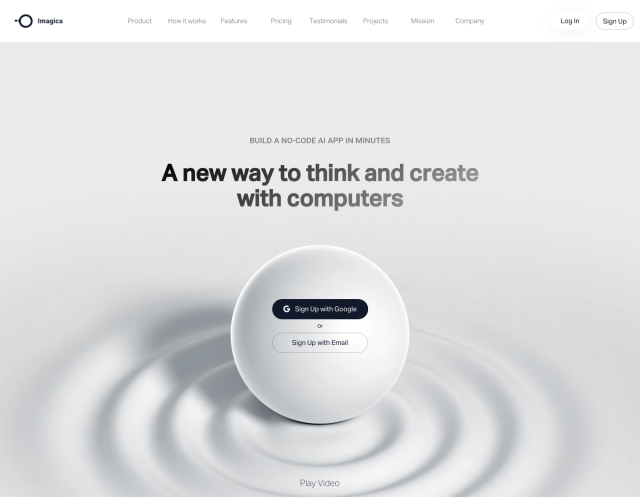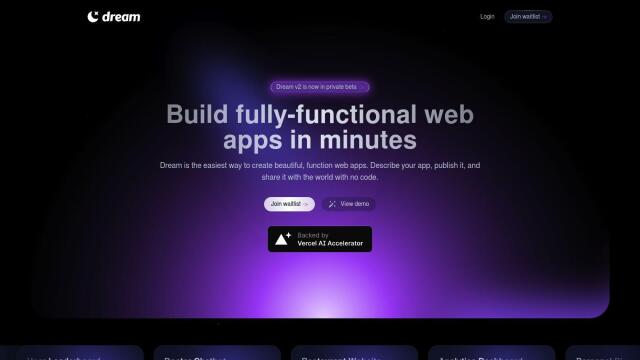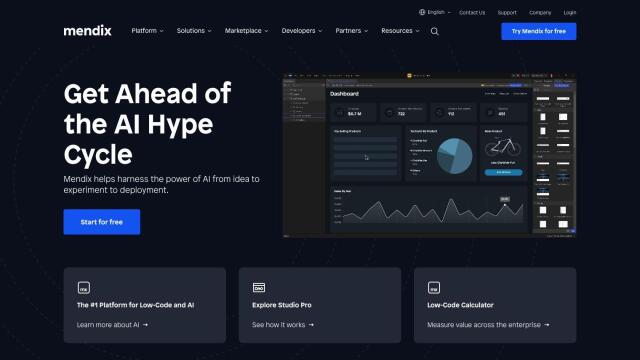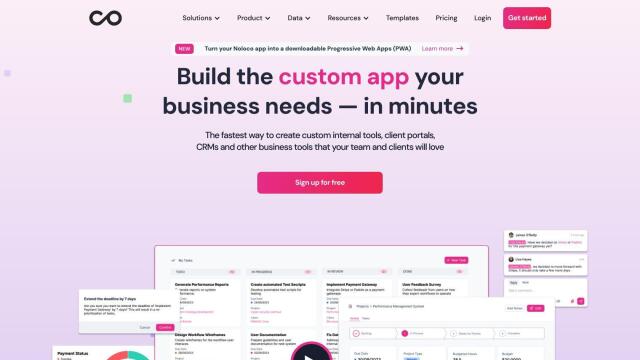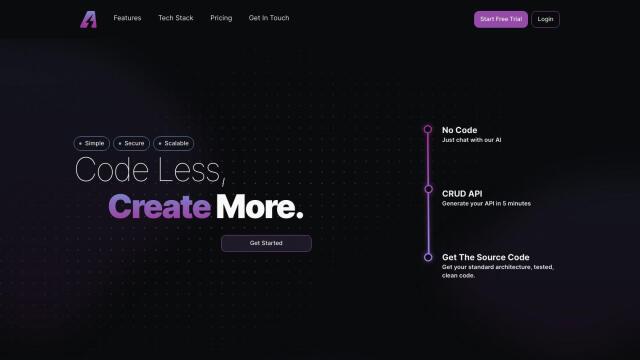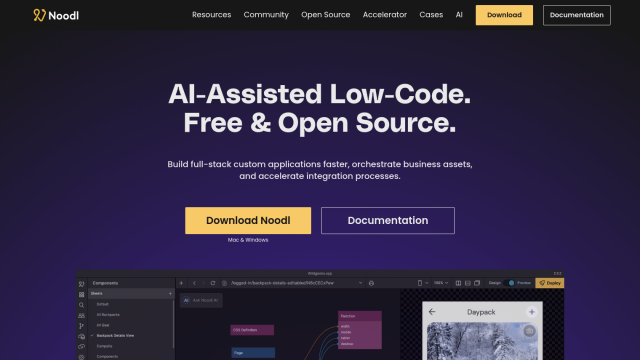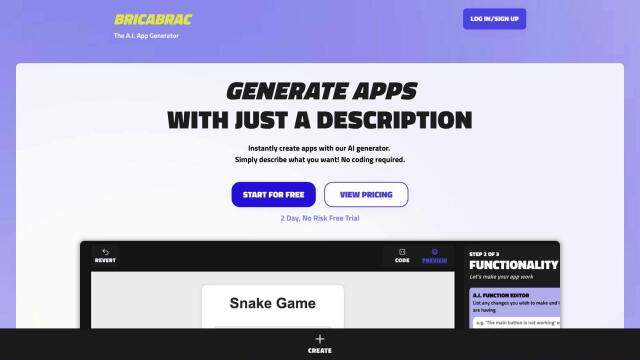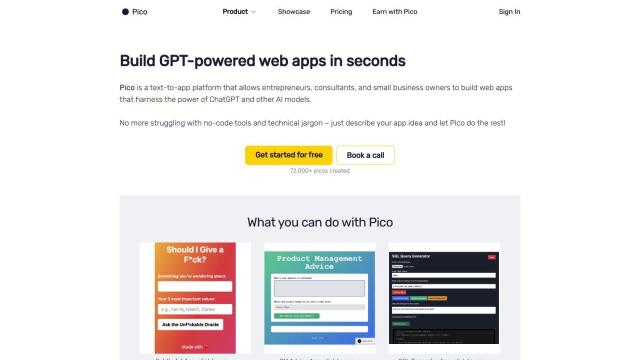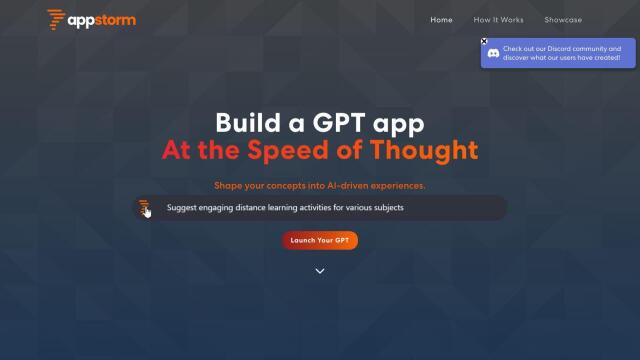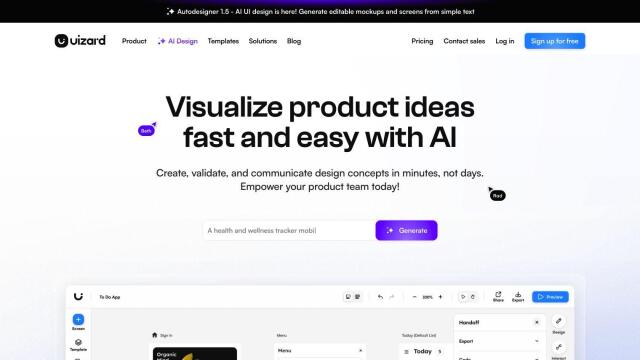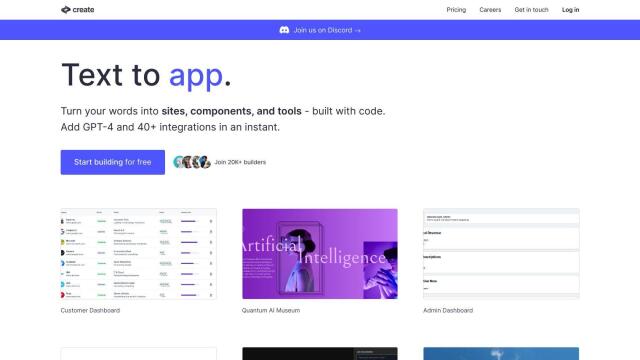Question: Looking for a tool that enables me to create apps with a perfect user experience on any device, without requiring extensive coding knowledge.

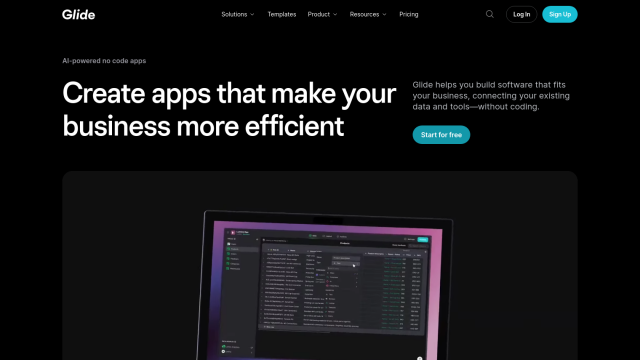
Glide
If you need a tool to build apps with a native user experience on any device without having to learn how to code, Glide is worth a look. It's a no-code app builder that connects to existing business data in spreadsheets or databases and then deploys apps to all devices with self-designing layouts that adapt to different screen sizes. Glide offers more than 400 customizable templates, guided courses and certified experts, so it's a good option for teams and use cases in business and IT.

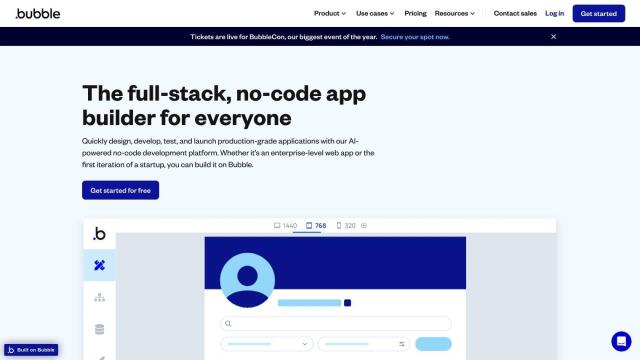
Bubble
Another top contender is Bubble, a full-stack no-code app builder that lets you design, build, test and deploy production-ready apps without writing code. It's got hundreds of customizable templates, a drag-and-drop editor and pages that can be generated with AI based on natural-language prompts. Bubble also offers scalable and secure hosting, collaboration tools and a variety of pricing plans, including a free development version and discounts for students and nonprofit organizations.

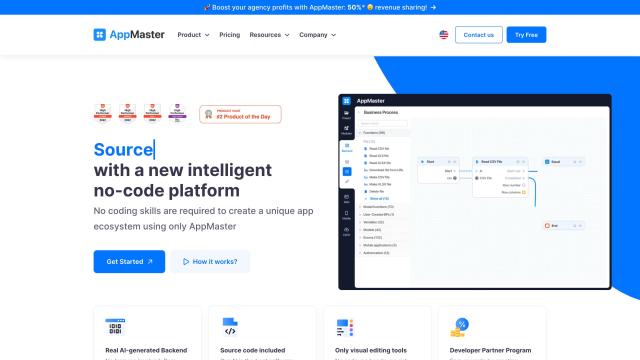
AppMaster
If you want a more mature platform, check out AppMaster. This no-code platform lets you build production-level web and native mobile apps with AI-generated code. It's got a drag-and-drop interface for creating data models, designing business processes and building web and mobile apps. AppMaster supports one-click publishing and integration with other cloud platforms like AWS, GCS and Azure, too, making it a good option for businesses that need to build internal tools and customer-facing apps.

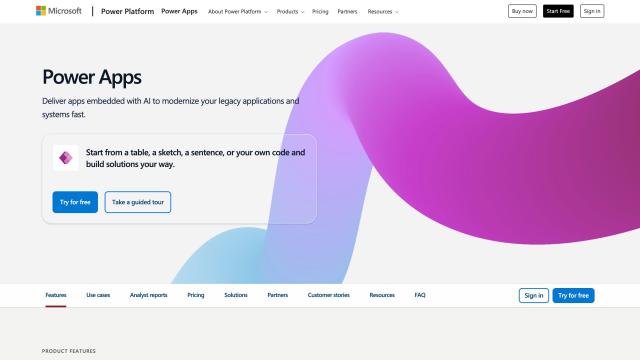
Power Apps
Last but not least, Power Apps from Microsoft is another powerful low-code development platform. It's got features like AI suggestions and drag-and-drop tools to modernize legacy software. You can start from scratch, build from images and Figma files, and deploy apps with confidence using built-in deployment pipelines. Power Apps integrates with Microsoft Azure, Visual Studio and GitHub, and has a built-in data platform for business logic, security and compliance. It's a good option for those who need to build apps that scale and are secure.

